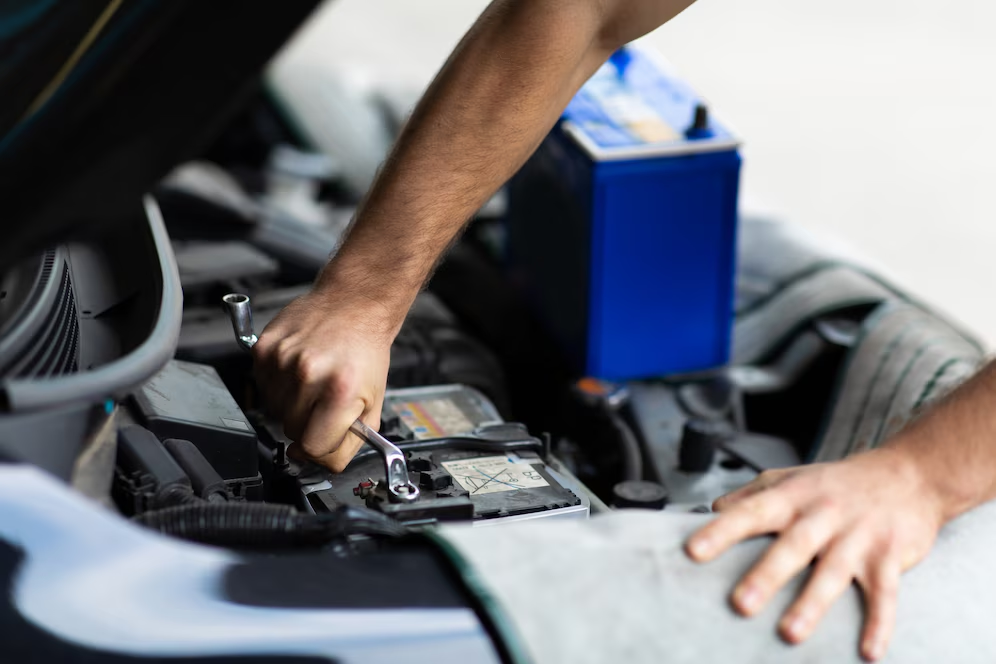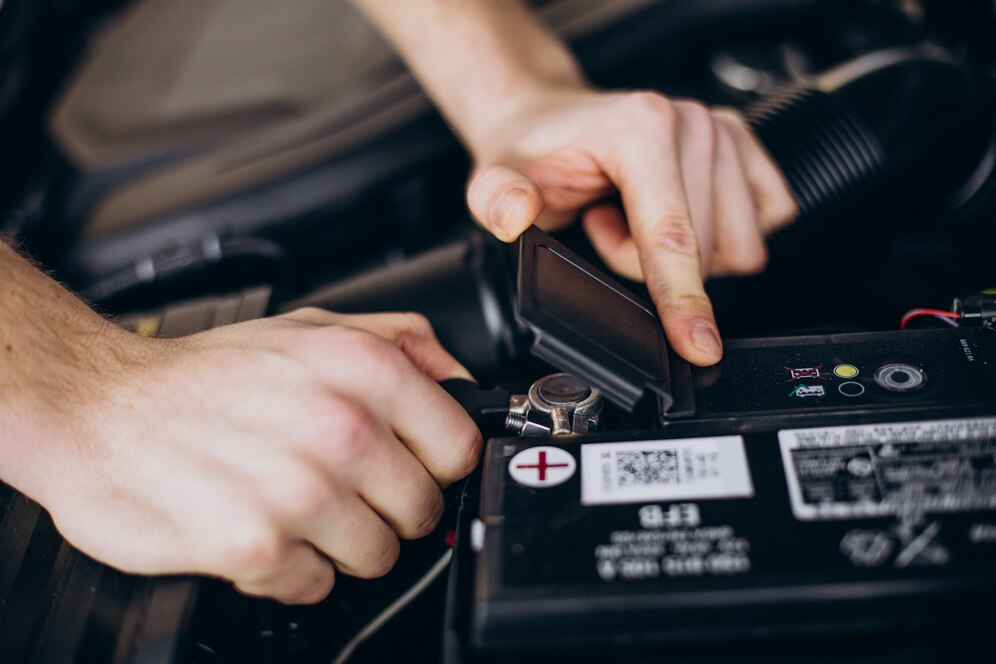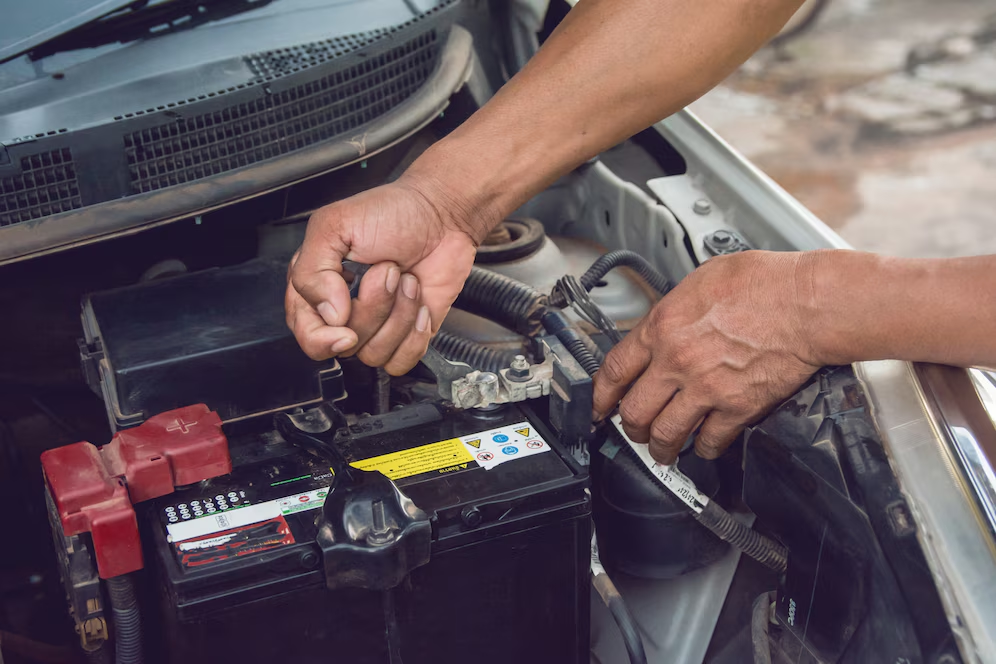Introduction
A car battery that repeatedly dies can be frustrating—and potentially leave you stranded when you need your vehicle the most. If you find yourself frequently jump-starting your car or noticing signs of a weak battery, it’s crucial to understand what’s causing the problem. Let’s explore the most common reasons your car battery keeps dying, how to diagnose the issue, and what you can do to fix and prevent it.

Common Causes of a Dying Car Battery
Human Error
Sometimes, the reason is as simple as forgetting to turn something off.
Lights Left On: Interior or headlights left on overnight are a classic cause of a drained battery.
Doors or Trunk Left Ajar: If a door doesn’t close properly, the dome light may stay on.
Accessories Running: Charging devices or running the radio without the engine can also deplete the battery.
Parasitic Drain
This occurs when electrical components draw power from the battery even when the car is off.
Faulty Wiring or Relays: A short circuit or stuck relay can cause components to stay powered.
Aftermarket Accessories: Poorly installed audio systems, GPS units, or alarms can cause hidden drains.
Old or Worn-Out Battery
Batteries have a limited lifespan—typically 3 to 5 years.
Aging Cells: Over time, the battery’s ability to hold a charge diminishes.
Extreme Temperatures: Both hot and cold weather accelerate battery degradation.
Alternator Problems
The alternator charges your battery while the engine runs.
Bad Alternator: If it’s not charging the battery, the car will die once the battery is depleted.
Worn Belt or Pulley: If the belt driving the alternator slips or breaks, charging stops.
Frequent Short Trips
Short drives don’t allow the battery enough time to recharge fully.
Low Charge Recovery: Especially in stop-and-go traffic, the battery discharges more than it recharges.
Corroded or Loose Battery Connections
Bad connections reduce the battery’s ability to deliver and receive power.
Corrosion: Acid residue on terminals can block current flow.
Loose Cables: Even a slightly loose terminal can cause poor performance or prevent starting.
Symptoms of a Dying Battery
Be on the lookout for the following signs that your battery may be the issue:
Engine cranks slowly or not at all
Dim headlights or interior lights
Clicking sound when you turn the key
Electrical systems (radio, windows) acting up
Battery warning light on the dashboard
How to Diagnose the Problem
Battery Voltage Test
Use a multimeter to check the battery’s voltage:
12.6 volts or more: Fully charged
12.4 volts: About 75% charged
12.0 volts or less: Dead or near dead
Load Testing
Auto shops can perform a battery load test to see how it performs under stress.
Check the Charging System
Have your mechanic test the alternator output and belt condition.
Parasitic Draw Test
If you suspect something is draining the battery when the car is off, a mechanic can run a parasitic draw test to find the culprit.
Prevention Tips
Turn Everything Off
Always double-check that lights and accessories are off when you leave your car.
Clean Terminals
Periodically clean the battery terminals with a wire brush and baking soda solution.
Drive Longer Distances
Take your car for a 20–30 minute drive occasionally to help recharge the battery.
Regular Inspection
Have your battery and charging system checked during routine maintenance.
Replace Old Batteries
If your battery is over 3 years old, get it tested regularly and consider replacing it proactively.
When to Replace Your Battery
If your battery fails multiple tests, doesn’t hold a charge, or is visibly damaged (bulging, leaking), it’s time for a replacement. Make sure you install the correct size and type for your vehicle and driving needs.

Conclusion:
A battery that keeps dying isn’t just inconvenient—it’s a warning sign. Whether it’s due to a simple oversight or a more complex issue like a failing alternator or parasitic drain, identifying the cause early can save you time, money, and stress. Regular maintenance and awareness go a long way in ensuring your vehicle starts reliably every time.

